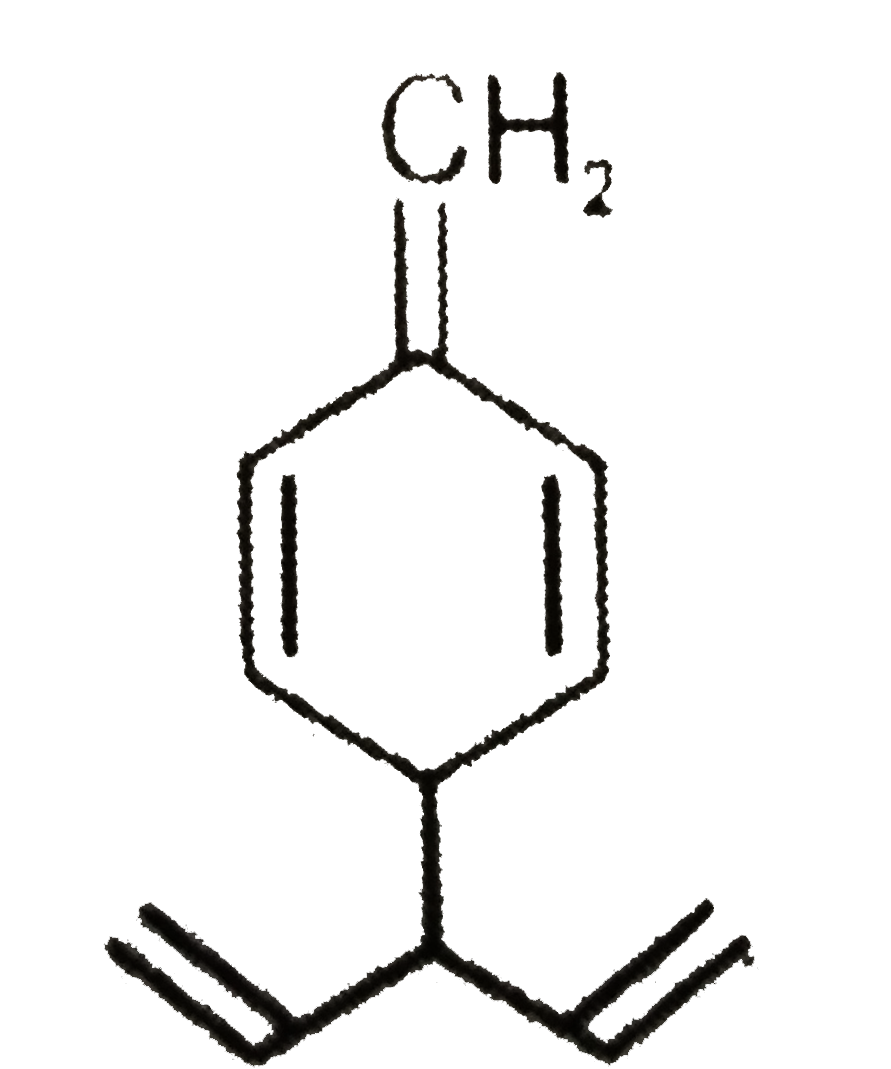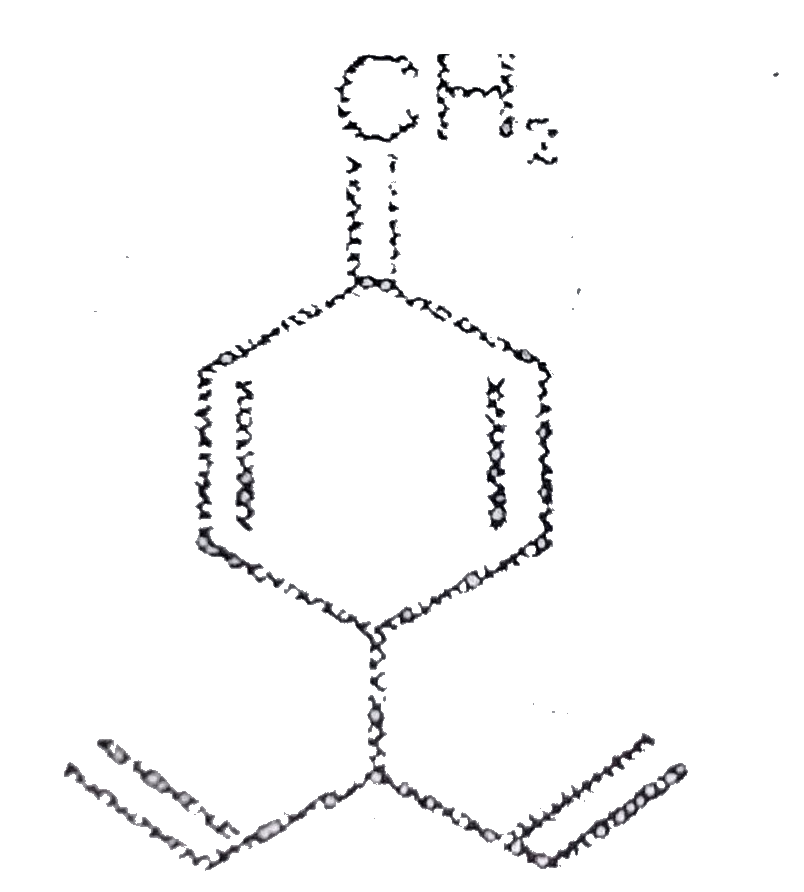Write the number of moles of ethanoyl chloride required for complete acylation of N,N- Dimethylaniline.
To determine the number of moles of ethanoyl chloride (acetyl chloride) required for the complete acylation of N,N-Dimethylaniline, we need to analyze the structure of N,N-Dimethylaniline and understand the acylation process.
1. Identify the Structure of N,N-Dimethylaniline:
- N,N-Dimethylaniline is an aniline derivative where two methyl groups are attached to the nitrogen atom. Its structure can be represented as:
C6H5N(CH3)2
- Here, the nitrogen atom is bonded to two methyl groups and one phenyl group.
2. Understand Acylation:
- Acylation is a reaction where an acyl group (RCO-) is introduced into a compound. For this reaction to occur, there must be replaceable hydrogen atoms that can be substituted by the acyl group.
- In the case of N,N-Dimethylaniline, the nitrogen atom does not have any hydrogen atoms that can be replaced because it is fully substituted with methyl groups.
3. Determine the Reactivity:
- Since N,N-Dimethylaniline lacks replaceable hydrogen atoms on the nitrogen, it cannot undergo acylation with ethanoyl chloride.
- Therefore, when ethanoyl chloride is added to N,N-Dimethylaniline, no reaction occurs.
4. Conclusion:
- As a result, the number of moles of ethanoyl chloride required for the complete acylation of N,N-Dimethylaniline is 0 moles.
Final Answer:
0 moles of ethanoyl chloride are required for the complete acylation of N,N-Dimethylaniline.
- N,N-Dimethylaniline is an aniline derivative where two methyl groups are attached to the nitrogen atom. Its structure can be represented as:
C6H5N(CH3)2
- Here, the nitrogen atom is bonded to two methyl groups and one phenyl group.
- Acylation is a reaction where an acyl group (RCO-) is introduced into a compound. For this reaction to occur, there must be replaceable hydrogen atoms that can be substituted by the acyl group.
- In the case of N,N-Dimethylaniline, the nitrogen atom does not have any hydrogen atoms that can be replaced because it is fully substituted with methyl groups.
- Since N,N-Dimethylaniline lacks replaceable hydrogen atoms on the nitrogen, it cannot undergo acylation with ethanoyl chloride.
- Therefore, when ethanoyl chloride is added to N,N-Dimethylaniline, no reaction occurs.
- As a result, the number of moles of ethanoyl chloride required for the complete acylation of N,N-Dimethylaniline is 0 moles.
0 moles of ethanoyl chloride are required for the complete acylation of N,N-Dimethylaniline.
Similar Questions
Knowledge Check
Number of moles of oxygen required for the complete combustion of butane are
A6B7.5C6.5D7How many moles of acetyl chloride are required for complete acetylation of ethanamine methanamine and triethanamine respectively ?
A0,1 and 2B1,2 and 0C1, 0 and 2D1,1 and 0Number of moles of hydrogen will required for complete hydrogenation of one mole of following compound
 A6B7C5D3
A6B7C5D3
Write the number of diagonals of an n-sided polygon.
View SolutionHow many mole of oxygen is required for complete combustion of 1 mole of Alkenen.
View SolutionThe number of oxygen molecules required for the complete combustion of 5 moles of methane is _________ .
View SolutionNumber of HlO4 molecular required to complete oxidation one mole of glucose is
View SolutionNumber of moles of hydrogen will required for complete hydrogenation of one mole of following compounds :

View Solution
